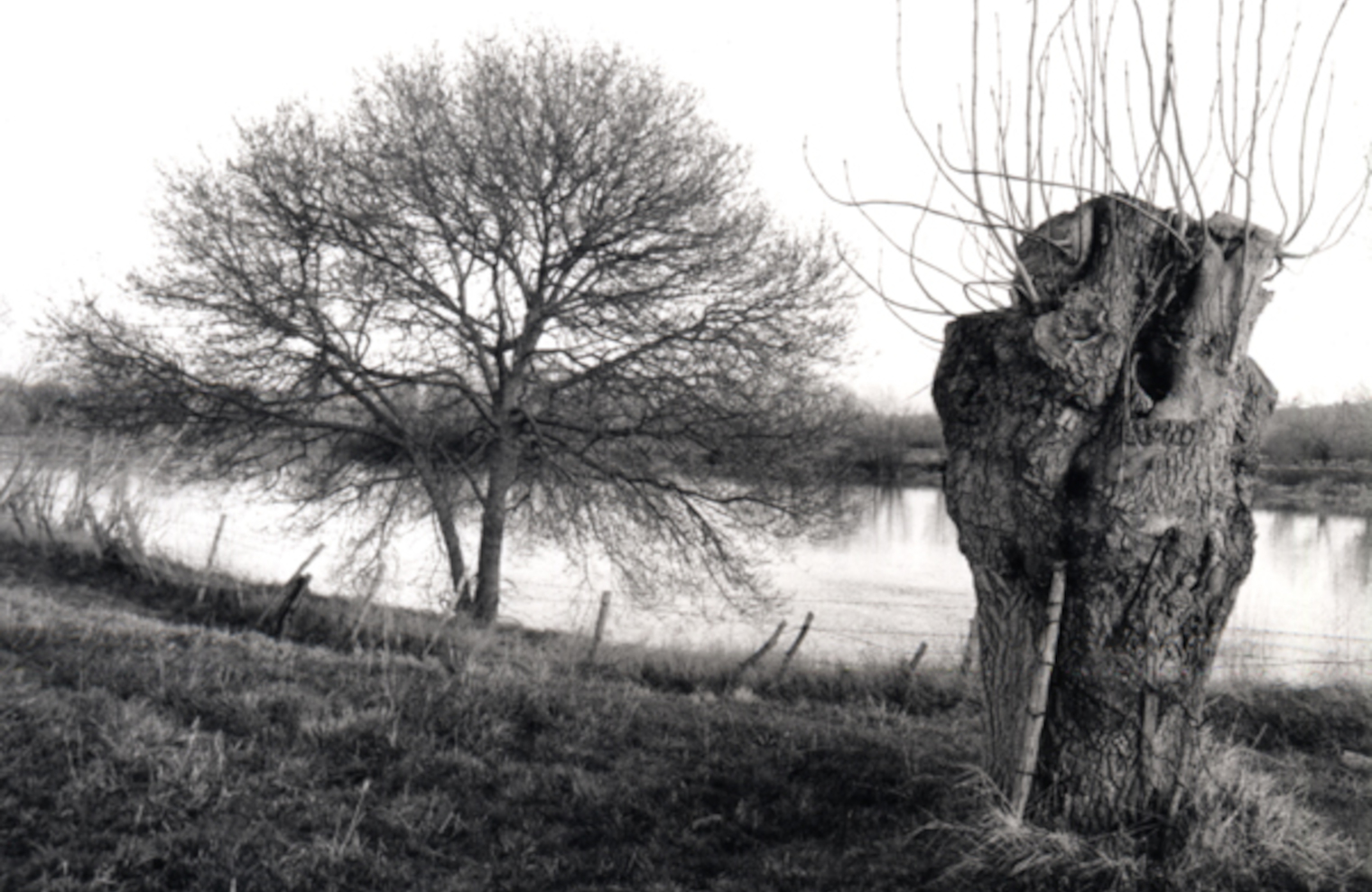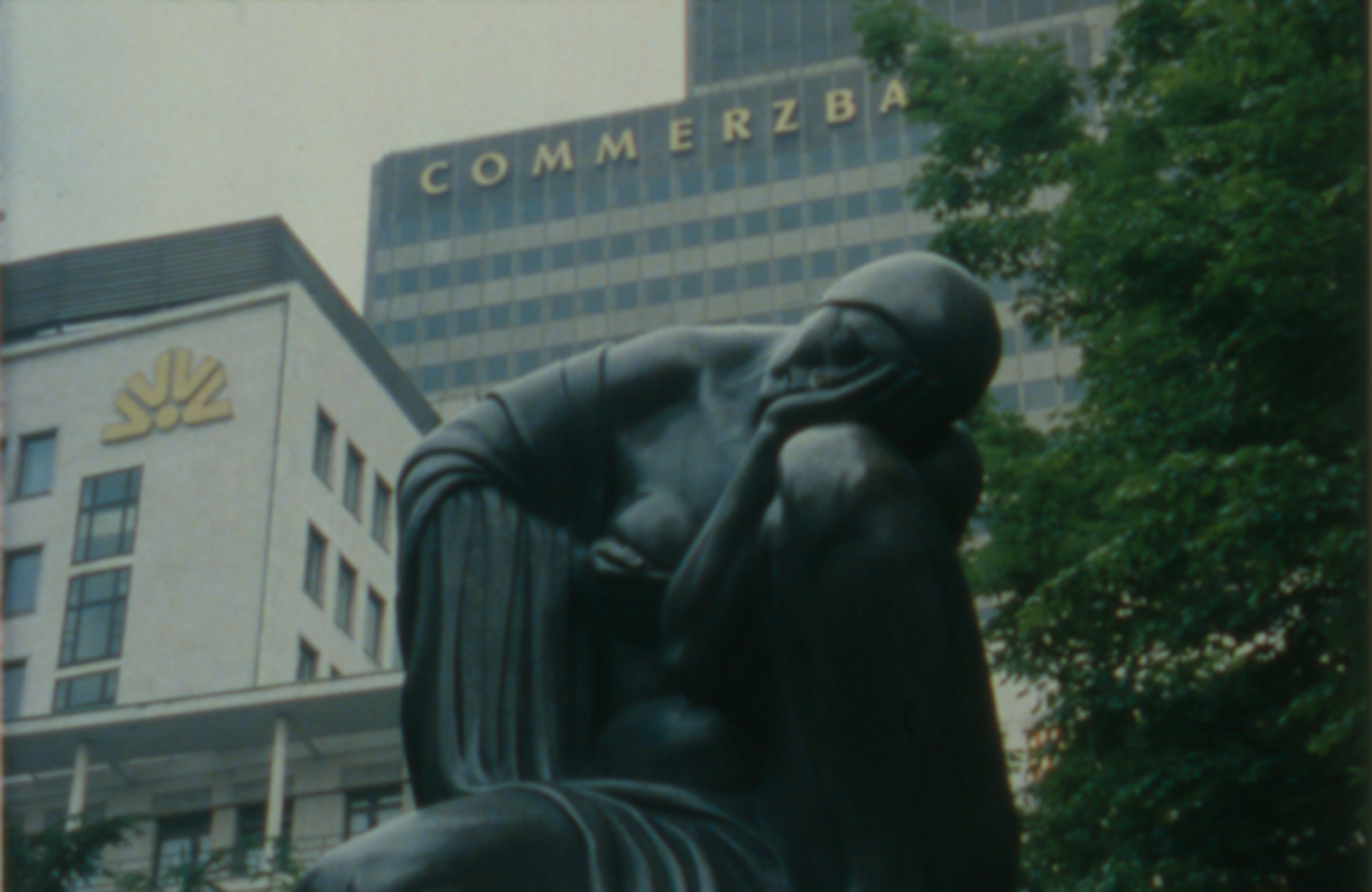Artist in focus: Peter Nestler
“I don’t have a method. I have always just tried to get to the bottom of things and of the subject matter. Then the films happen, they just turn out the way they do. I can’t explain this through any kind of method. With every film I start from scratch and think exactly about what I am going to do. And then I still end up with solutions that will result in a film that is related to the others. Yet, when I apply a well-tried method to a new topic or subject, I often notice, quite early on, if it works or not. I can’t force something into a form that has been used before; I have to arrive at that form anew and automatically.” (Peter Nestler)
Jean-Marie Straub once strikingly characterized Peter Nestler as a “Documentarian Not Reconciled”. Here is a filmmaker, he suggested, who does not seek to capture reality to make it correspond to preconceived conceptions. He simply attends to what is before him: to people and their everyday environment, their roles in processes of production and change, their testimonies of injustice and resistance. Most of all, he lets people speak, rather than speaking for them, putting confidence in what they have to say, rather than reiterating what they are expected to say. This is how the filmmaker succeeds in framing the world anew: by paying the utmost attention to concrete realities and voices that are all too often ignored or discarded. Hartmut Bitomsky, another avowed admirer of Nestler’s work, described this approach as one of Finden, Zeigen, Halten (finding, showing, holding): like an archaeologist patiently and meticulously digging into the soil of material life, uncovering and preserving traces of histories that continue to haunt the present.
In one of Nestler’s key works, Die Donau rauf (1969), like many of his films made in collaboration with his wife Zsóka, a slow-moving journey up the Danube, passing mountains, bridges, floodgates, cities and inhabitants, becomes a journey through history, gradually unearthing the river’s multiple historical layers. In a sense, this is how all Nestler’s films proceed: in a constant propulsion and profusion of spaces, faces, gestures, testimonies and representations that steadily move towards a historical coherency. Often, this coherency is upheld by the voice of Nestler himself, a remarkable baritone whose decisiveness is only matched by its lack of adornment, further sharpening our attention to the realities that unfold before us. From his early portraits of rural and industrial communities fallen by the wayside of the ‘economic miracle’, to his ‘biographies of objects’ documenting the lives of materials and their production processes, to his numerous investigations into histories of persecution, oppression and resistance, of fascism and its frightful continuation, Nestler has never stopped excavating and unveiling what is commonly overlooked or wilfully suppressed, in defiance of historical amnesia and political inertia.
Peter Nestler has made over 60 films. In 1966, after completing his first films in Germany, where they met with profound lack of appreciation, he emigrated to Sweden, where he went on to make more than 50 productions for television. Since the 1990s, he has completed a wide range of works which have continued to enrich his documentary explorations with new sensibilities and tonalities. For all their richness and diversity, for all their clarity and resilience, Nestler’s films have nonetheless remained largely invisible. With this modest program, we hope to help give this marvellous body of work the recognition and resonance it wholeheartedly deserves. What better time to share these films, which as Jean-Marie Straub has indicated, “are demanding of the world, so that it may change”?
Supported by Goethe Institut Brüssel
Thanks to Deutsche Kinemathek, Cinemateca Portuguesa, Apordoc, Barbara Ulrich




